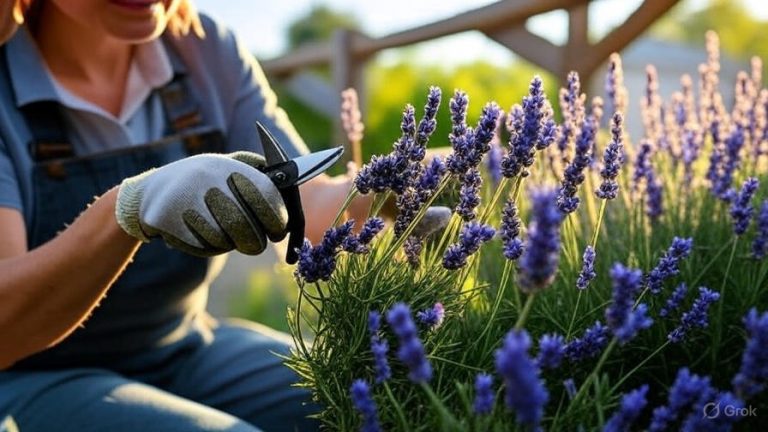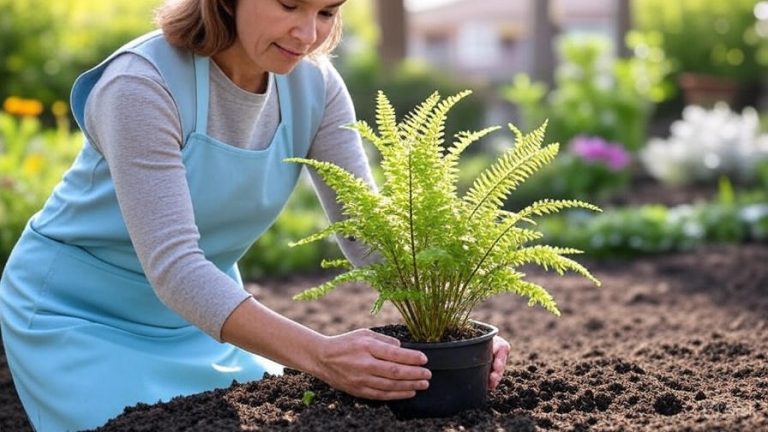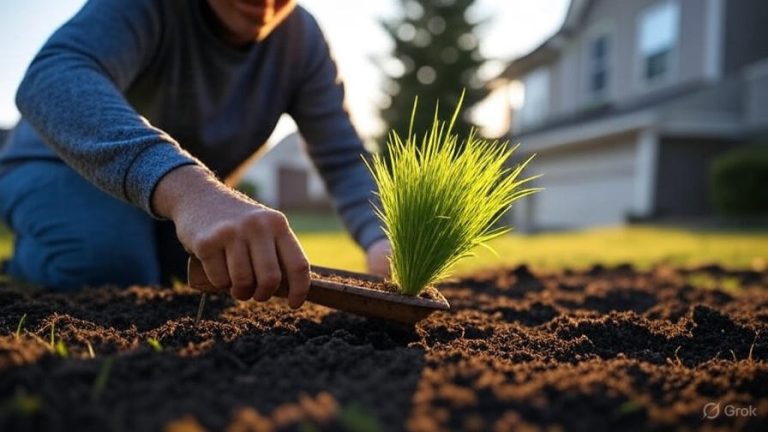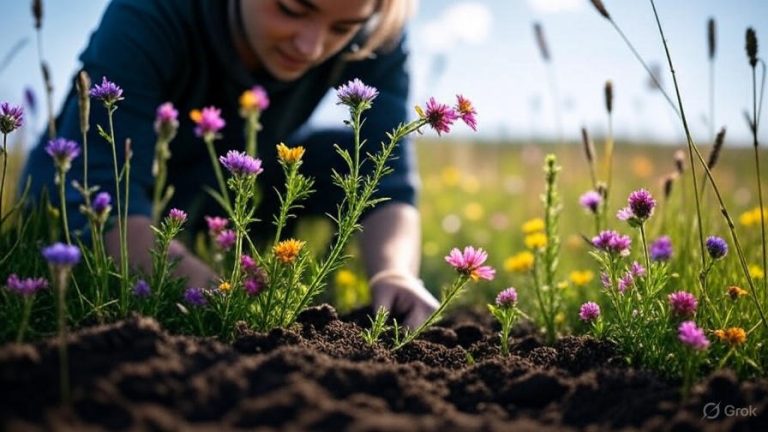How to Propagate a Wandering Jew Plant?
The wandering jew plant (Tradescantia zebrina) ranks among the easiest houseplants to propagate. These stunning trailing plants produce vibrant purple and green striped leaves that cascade beautifully from hanging baskets or shelves. Plant lovers appreciate how quickly these resilient plants multiply, making them perfect for sharing with friends or expanding your indoor garden collection.
Many gardeners discover that propagating wandering jew plants becomes an addictive hobby. The process requires minimal effort while delivering impressive results in just weeks. You can transform a single plant into dozens of new specimens using simple techniques that work consistently every time.
What Makes Wandering Jew Plants Perfect for Propagation
Wandering jew plants possess natural characteristics that make them propagation superstars. These fast-growing vines develop nodes along their stems where roots form easily. The nodes appear as small bumps or joints between leaf segments, and they contain dormant root cells ready to spring into action.
The plant’s vigorous growth habit means it produces long trailing stems quickly. Each stem contains multiple propagation points, giving you numerous opportunities to create new plants. This abundance makes wandering jew propagation both successful and rewarding for beginners and experienced gardeners alike.
These hardy plants tolerate various growing conditions, from bright indirect light to moderate shade. They adapt well to different humidity levels and forgive occasional watering mistakes. This resilience translates into higher success rates when you propagate them compared to more finicky houseplants.
Essential Tools and Materials for Successful Propagation
Before starting your propagation project, gather these basic supplies to ensure smooth sailing throughout the process. Sharp, clean scissors or pruning shears will give you precise cuts without damaging the plant tissue. Sterilize your cutting tools with rubbing alcohol to prevent bacterial infections that could harm your new plants.
Glass jars or containers work excellently for water propagation, allowing you to monitor root development easily. Choose containers wide enough to support multiple cuttings without overcrowding. Clear glass lets you observe the fascinating root growth process as it unfolds.
For soil propagation, select a well-draining potting mix that retains some moisture without becoming waterlogged. Standard potting soil mixed with perlite creates an ideal growing medium. Small pots or seedling trays provide perfect homes for your new plants during their establishment period.
Rooting hormone, while not absolutely necessary, can accelerate the propagation process. This optional addition encourages faster root development and improves success rates, especially for stubborn cuttings that seem reluctant to root.
Water Propagation: The Foolproof Method
Water propagation stands out as the most reliable technique for wandering jew plants. This method lets you watch roots develop in real-time while providing optimal conditions for early growth. Start by selecting healthy stems that measure 4-6 inches in length and contain several nodes.
Cut your stems just below a node using sharp, clean scissors. Remove any leaves from the bottom 2 inches of each cutting to prevent underwater decay. Place your cuttings in glass containers filled with room-temperature water, ensuring the nodes stay submerged while leaves remain above the waterline.
Position your propagation containers in bright, indirect light away from direct sunlight that could overheat the water. Change the water every 3-4 days to prevent bacterial growth and maintain oxygen levels. Fresh water keeps your cuttings healthy and promotes robust root development.
Within 7-10 days, you’ll notice tiny white roots emerging from the nodes. Allow these roots to grow 1-2 inches long before transplanting to soil. This root length ensures your new plants can establish themselves successfully in their permanent growing medium.
Soil Propagation: Direct Planting for Instant Gardens
Soil propagation offers a direct approach that eliminates the transplanting step required with water propagation. This method works especially well when you want to create full, bushy plants immediately. Prepare your cuttings the same way as for water propagation, focusing on healthy stems with prominent nodes.
Dip the cut ends in rooting hormone if desired, then insert them directly into moist potting soil. Bury the nodes completely while keeping the leaves above the surface. Firm the soil gently around each cutting to provide stability without compacting the growing medium.
Maintain consistent soil moisture during the rooting period, watering when the top inch feels dry. Avoid overwatering, which can lead to stem rot and propagation failure. A spray bottle helps you apply just enough moisture without saturating the soil.
Cover your newly planted cuttings with a clear plastic bag or humidity dome to create a mini greenhouse effect. This increased humidity encourages faster rooting while protecting delicate cuttings from environmental stress. Remove the covering once you see new growth appearing, typically after 2-3 weeks.
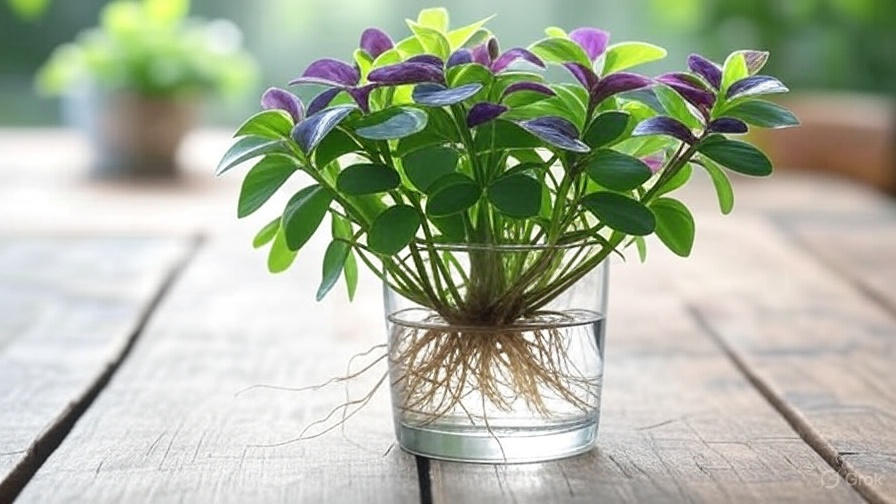
Layering: Propagation Without Cutting
Layering allows you to propagate wandering jew plants while they remain attached to the parent plant. This technique works perfectly for plants with extra-long trailing stems that can reach additional pots or growing areas. The continuous connection provides ongoing nutrients and support during root development.
Select a healthy, flexible stem that can bend easily to reach a nearby pot filled with potting soil. Identify a node along the stem and gently press it into the soil surface. Secure the stem in place using a small rock, hairpin, or piece of wire bent into a U-shape.
Keep the soil consistently moist around the buried node while continuing normal care for the parent plant. Roots will develop at the contact point within 2-3 weeks. Once you observe new growth from the layered section, you can cut the connection to the parent plant.
This method guarantees success because the new plant receives continuous support from its parent throughout the establishment process. Layering works especially well for creating fuller displays by propagating into the same container as the original plant.
Timing Your Propagation for Best Results
Spring and early summer provide optimal conditions for wandering jew propagation. During these active growing seasons, plants produce hormones that encourage rapid root development and new growth. The longer daylight hours and warmer temperatures create ideal conditions for successful propagation.
Avoid propagating during winter months when plant growth naturally slows down. Cold temperatures and reduced light levels can significantly extend rooting times and decrease success rates. If you must propagate during winter, provide supplemental lighting and maintain warmer temperatures around your cuttings.
The plant’s current health status affects propagation success more than specific timing. Vigorous, well-established plants produce stronger cuttings that root faster and grow more successfully. Stressed or recently transplanted plants should recover fully before you attempt propagation.
Common Propagation Problems and Solutions
Stem rot represents the most frequent issue encountered during wandering jew propagation. This problem typically results from using contaminated water, overwatering, or placing cuttings in overly humid conditions. Prevent rot by maintaining clean propagation conditions and avoiding waterlogged growing media.
If you notice black or mushy stem ends, remove the affected portions immediately and start fresh with healthy cuttings. Sterilize your tools between cuts to prevent spreading any potential infections. This quick action often saves the viable portions of your cuttings.
Slow or failed root development usually indicates insufficient light, cold temperatures, or poor cutting quality. Move your propagation setup to a brighter location while avoiding direct sunlight that could stress the cuttings. Maintain temperatures between 65-75°F for optimal rooting conditions.
Wilting cuttings often signal inadequate humidity or too much direct light exposure. Increase humidity around your cuttings using plastic covers or humidity trays. Relocate them to bright, indirect light where they can photosynthesize without experiencing heat stress.
Caring for Your New Wandering Jew Plants
Once your propagated plants establish strong root systems, they need consistent care to thrive long-term. Wandering jew plants prefer bright, indirect light that brings out their vibrant leaf coloration. Too much direct sunlight can fade their beautiful purple hues and scorch delicate foliage.
Water your new plants when the top inch of soil feels dry to the touch. These plants appreciate consistent moisture but can develop root rot in waterlogged conditions. Empty drainage trays after watering to prevent standing water that could harm root health.
Feed your propagated plants monthly during the growing season with diluted liquid fertilizer. A balanced houseplant fertilizer diluted to half strength provides adequate nutrition without risking fertilizer burn on young root systems. Reduce feeding frequency during winter when growth naturally slows.
Regular pinching and pruning maintain compact, bushy growth while providing more cutting material for future propagation projects. Remove any yellowing or damaged leaves promptly to prevent pest problems and maintain plant health.
Advanced Propagation Techniques for Expert Results
Division works wonderfully for mature wandering jew plants that have become overcrowded in their containers. Carefully remove the entire plant from its pot and gently separate the root mass into smaller sections. Each division should contain both roots and stems for successful establishment.
Air layering represents another advanced technique that works well for particularly valuable or rare varieties. Wrap moist sphagnum moss around a node, cover with plastic wrap, and secure with twist ties. Roots develop within the moss ball, creating a fully rooted plant ready for separation.
Mass propagation techniques allow you to create numerous plants simultaneously for large displays or sharing with fellow gardeners. Fill seed trays with individual cells and place one cutting per cell. This organized approach makes transplanting easier while maximizing your propagation space.
Creating Stunning Displays with Propagated Plants
Your successfully propagated wandering jew plants open up endless decorating possibilities. Hanging baskets showcase their natural trailing habit beautifully, creating living curtains of colorful foliage. Choose baskets with good drainage and position them where the cascading stems won’t obstruct walkways.
Tabletop arrangements work well for shorter propagated plants that haven’t developed long trailing stems yet. Group multiple small plants in decorative containers for impact, varying the container heights to create visual interest. These arrangements make excellent gifts for plant-loving friends and family members.
Living walls and vertical gardens benefit tremendously from wandering jew plants’ vigorous growth and trailing nature. Train the stems to grow along trellises or wire supports, creating green walls that bring natural beauty to indoor spaces. The plants’ tolerance for lower light conditions makes them suitable for interior vertical gardens.
Troubleshooting Propagation Failures
Sometimes propagation attempts fail despite your best efforts. Analyzing what went wrong helps you improve future success rates and develop better techniques. Keep detailed records of your propagation attempts, noting cutting sources, methods used, environmental conditions, and outcomes.
Parent plant health significantly impacts cutting success rates. Weak or diseased mother plants produce poor-quality cuttings that struggle to develop roots. Always select cuttings from the healthiest, most vigorous portions of your parent plants for best results.
Environmental factors like temperature fluctuations, inadequate lighting, or poor air circulation can derail otherwise promising propagation attempts. Monitor conditions closely and make adjustments when you notice problems developing. Consistent conditions produce more reliable results than perfect conditions that vary frequently.
Seasonal Propagation Strategies
Different seasons require modified approaches to achieve consistent propagation success. Summer’s intense heat may require more frequent water changes and protection from direct sunlight. Position propagation containers where they receive bright light without experiencing temperature extremes.
Winter propagation benefits from supplemental lighting and gentle bottom heat to encourage root development. Seedling heat mats provide consistent warmth that speeds rooting times during cold months. Grow lights compensate for shorter daylight hours and lower light intensity.
Fall represents an excellent time for creating plants that will be ready for spring growth spurts. Propagated plants established during fall develop strong root systems over winter, positioning them for vigorous growth when warm weather returns.
Long-term Success with Your Propagated Plants
Successful propagation extends beyond simply rooting cuttings to creating thriving, long-lived plants. Monitor your propagated wandering jew plants for signs of stress or health issues that could impact their long-term survival. Early intervention prevents minor problems from becoming major setbacks.
Repotting becomes necessary as your propagated plants outgrow their initial containers. Watch for roots growing through drainage holes or circling around the pot’s bottom as signs that larger containers are needed. Fresh potting soil provides renewed nutrition for continued healthy growth.
Regular propagation from your established plants ensures a continuous supply of fresh, vigorous specimens. As older plants become less attractive or vigorous, young propagated replacements maintain your collection’s beauty and health. This cycle of renewal keeps your wandering jew display looking its absolute best year after year.
The satisfaction of successfully propagating wandering jew plants extends far beyond the simple act of creating new plants. You develop valuable gardening skills while building a living collection that brings natural beauty to your home environment. Each successful propagation reinforces your confidence and encourages further exploration of plant propagation techniques.


